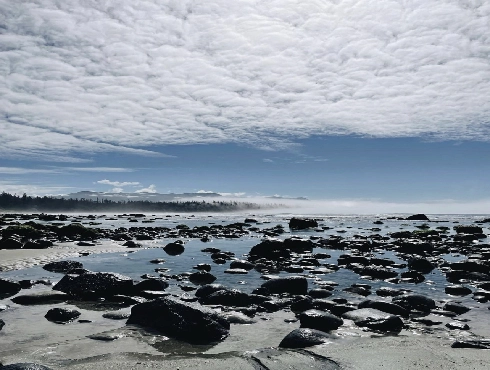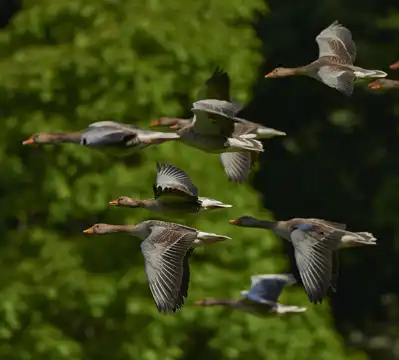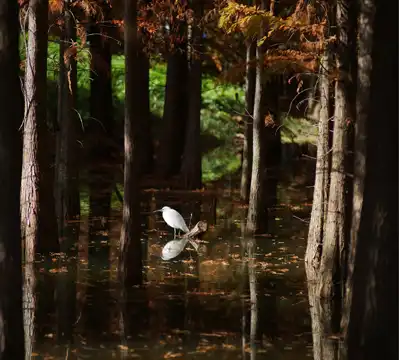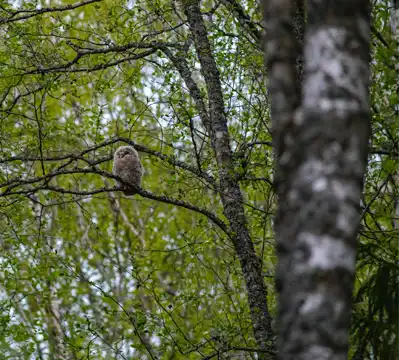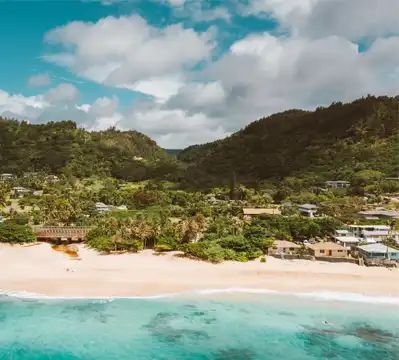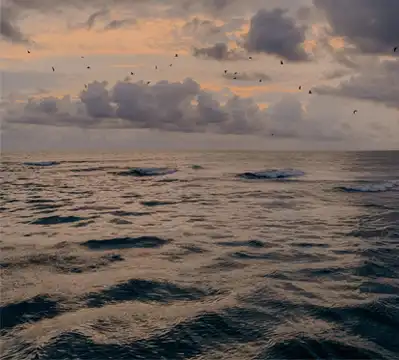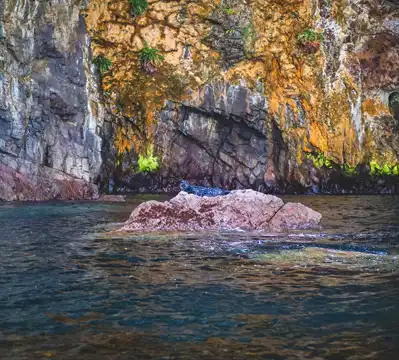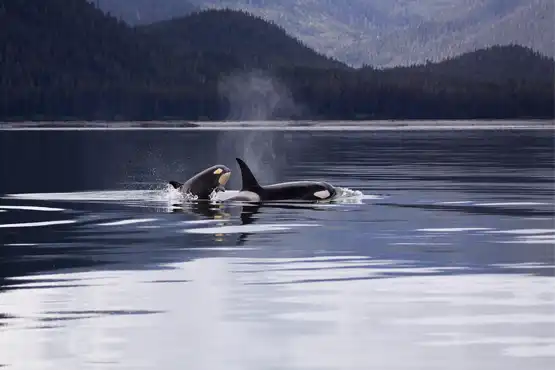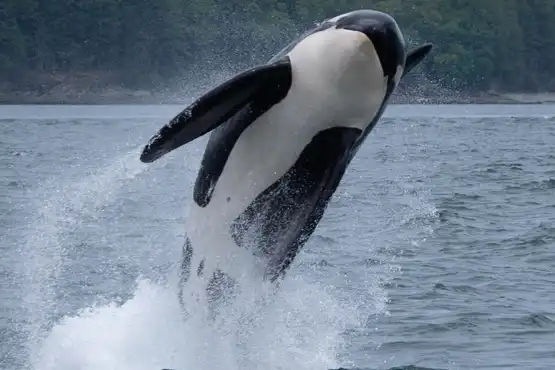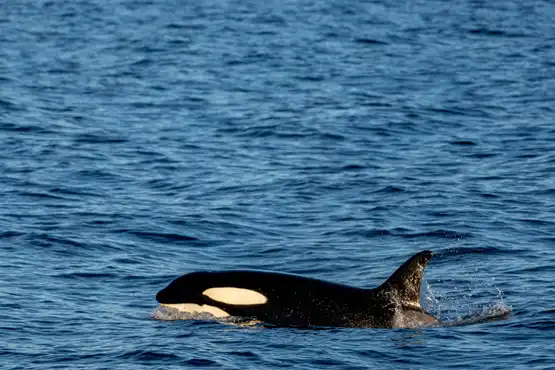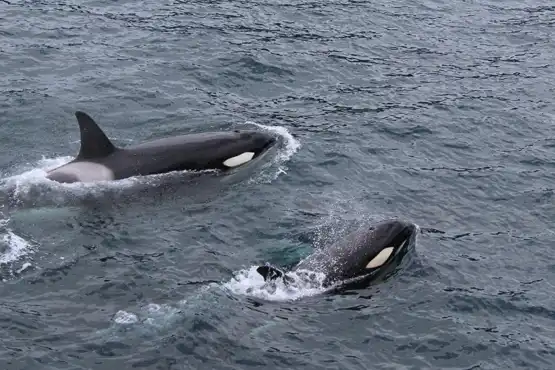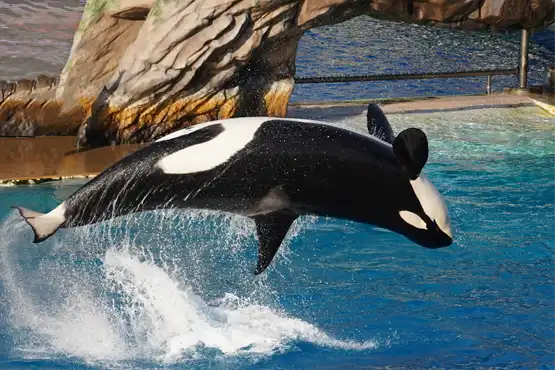Whale watching on Vancouver Island is something that is being operated in each and every coastal city. Even those cities with no access to the ocean operate tours that bring the applicants to the cities which is possible to go on a whale watching cruise. Among all the whales inhabiting the waters of Vancouver Island, killer whales, AKA orcas, are the most frequent. Experience the best orca whale watching on Vancouver Island with us. But do you have any idea why they are called killer whales? They prey on other whales and marine mammals like
seals,
sea lions,
porpoises, and
dolphins! Speaking of hunting dolphins, did you know that killer whales are actually dolphins and not whales? Amazing right? They are the biggest members of the dolphin family, but they are counted as whales due to their huge size. In general, there are three types of orcas inhabiting the Vancouver Island area, which we will discuss later on.
As you know, all around the Island is covered with water, and it happens to be a suitable whale habitat. More than 80 killer whales live in the
southern region, and
Juan de Fuca, about 220 of them inhabit the waters from
Campbell River to
Queen Charlotte’s Strait, and almost 260 killer whales live on the west coast of Vancouver Island. Considering these statistics, whale watching is pretty common all around the Island, particularly the coastal parts. Also, the species you are likely to spot the most are the orcas.
Since killer whales are the most frequent whale species available in Vancouver Island and even BC waters, scientists have successfully approached the whale to study them; therefore, orcas are the best studied whales. Based on what these studies showed, killer whales are the fastest marine mammal, and their life expectancy is an average of 30 years, but records have shown that some mammals have lived up to a century! Unbelievable. Amongst all, killer whales are very sociable. They aren’t disturbed by boats’ presence and usually let humans get close enough to see each and every one of their maneuvers clearly. Whale watching is one of the treasures you can find on Vancouver Island, and that is why we claim
whale watching is a must the moment you step into the adventure capital of Canada and Northern America. Stay with us to talk more about these amazing majestic marine creatures.
